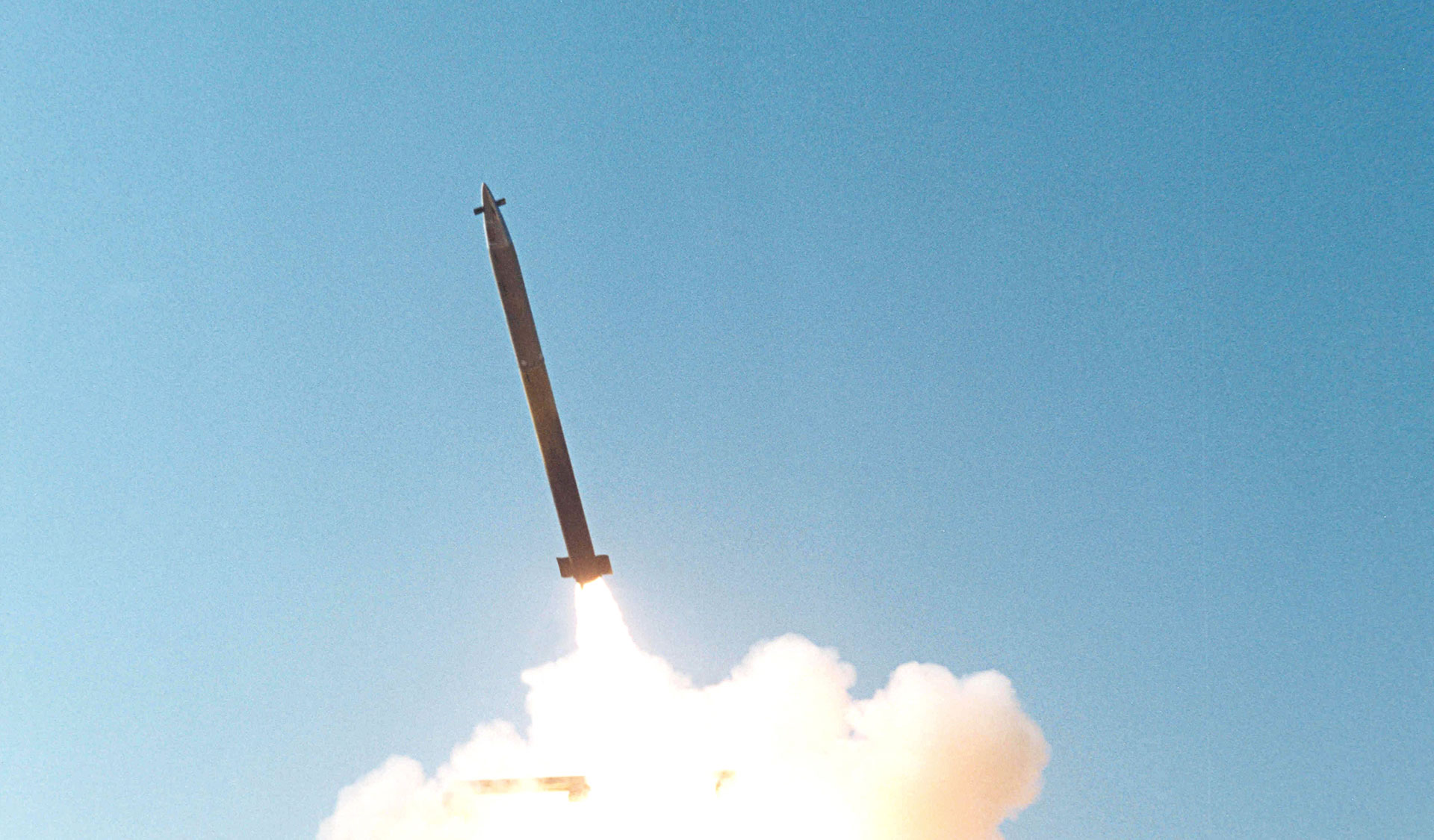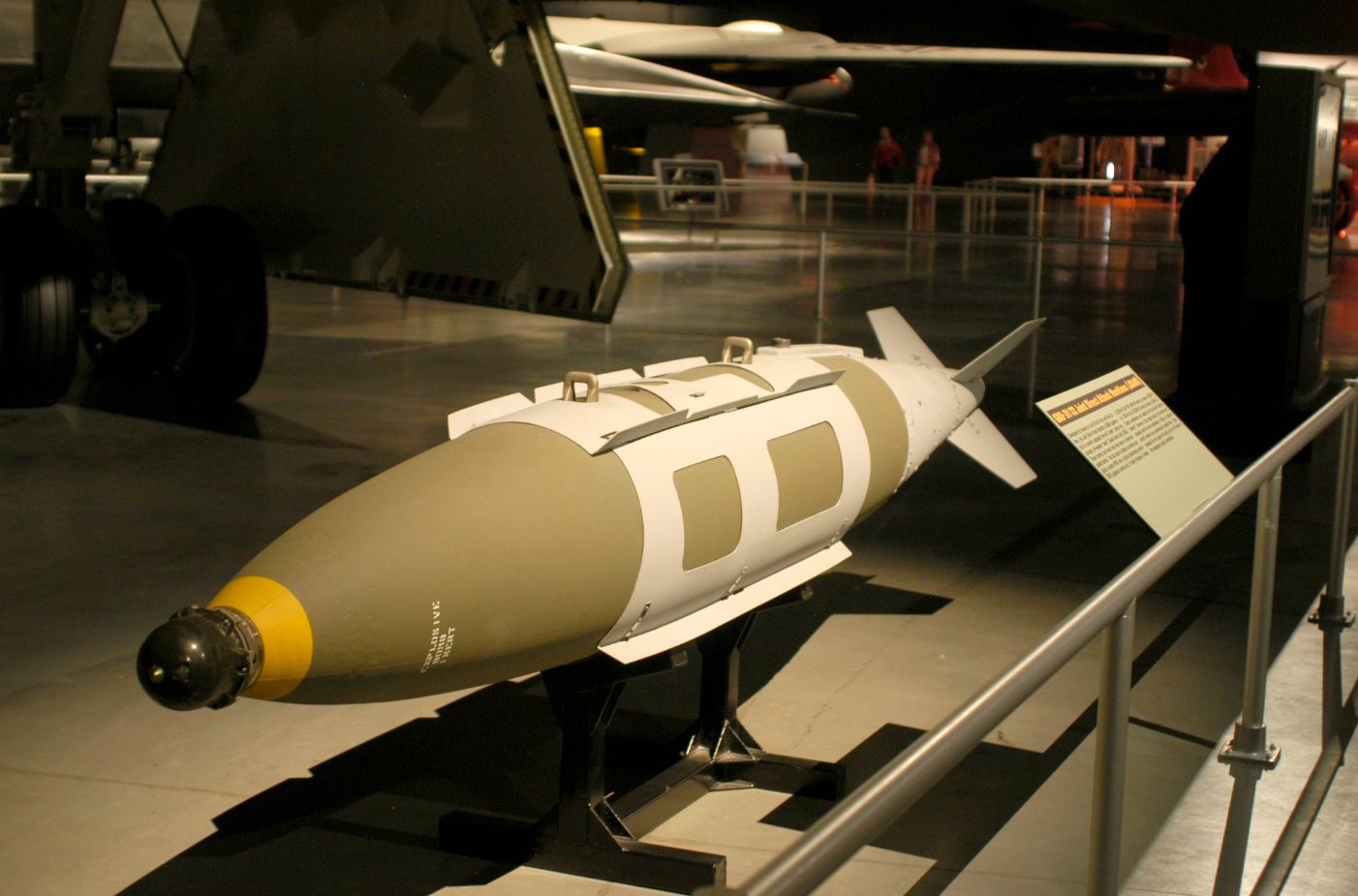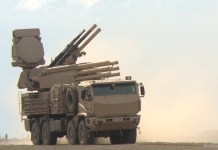Military analysts and experts ardently following the ongoing Ukraine war have warned for quite some time that US-made guided weapons sent to Kyiv have lost their sheen and can no longer hit targets accurately due to Russia’s electronic jamming.
Russia Received $180 Billion Military Aid From US; Why Did Washington Arm Its ‘Biggest Rival’ With Tons Of Dollars?
This was also admitted by the Ukrainian Armed Forces, which launched its much-awaited counteroffensive last month.
In a recent interview with Financial Times, Ukrainian Defense Minister Oleksiy Reznikov admitted that Russian electronic warfare (EW) systems can suppress GPS-guided munitions and HIMARS MLRS. The minister explained that these shells were “very accurate,” but powerful Russian radio-electronic systems found ways to suppress them.
Reznikov told the publication, “The Russians come up with a countermeasure, we inform our partners, and they create a new countermeasure against this countermeasure.” The announcement comes when Ukraine claims to have recaptured some territory back from Russia using the equipment delivered to it by allies in the West.
Earlier, in May this year, media reports indicated that Russia was regularly thwarting attacks by the US-made HIMARS Multiple Launch Rocket System (MLRS) by employing electronic jammers to confuse the rocket’s GPS-guided targeting system, causing it to miss its targets.
Although HIMARS has been projected as one of the most game-changing equipment delivered by the US to Ukraine, which aided its previous counteroffensive conducted in September 2022, it has not had the desired effect this time. In the fall offensive, Ukrainian forces managed to take back Kherson.
Military experts have been asserting for a while that after initially being rattled by the HIMARS, the Russians were able to adjust their tactics to take on the challenge. Five US, British, and Ukrainian sources told CNN that Russia’s extensive blocking has made the systems less and less effective over the past few months.

According to a Pentagon official, “it is a constant cat-and-mouse game” of trying to stop the jamming while also having the Russians stop you. Furthermore, it’s unclear how long-lasting that game will be.
The concern for jamming HIMARS rockets is greater because Kyiv’s armed forces heavily rely on HIMARS to pound Russian logistics and military infrastructure. In effect, it has been one piece of equipment that has forced Russian to pull back its equipment further away from the frontlines since they were first deployed.
“It’s one thing to be able to hold the Russians off where they are right now. It’s another thing to drive them out,” retired US Army Brig. Gen. Steven Anderson told CNN. “They’re dug in; they’ve been there for a year.” A Ukrainian counteroffensive would seek to push the Russians further back.
However, with the counteroffensive now in full force and the Ukrainian defense minister admitting the strength of Russian electronic jamming, it could become a massive concern for the Ukrainian military trying to push through Russian positions.
Russian EW Is Jamming JDAM Munitions Too!
Before this, the leaked Pentagon documents had revealed that the Russians were also jamming the Joint Direct Attack Munition (JDAM) smart bombs the US had given, causing them to fail. The effectiveness of guided rockets and bombs launched by Kyiv’s armed forces had significantly decreased due to Russia’s jamming, some anonymous American officials had said.
The United States provided Ukrainian Air Force with its Joint Direct Attack Munition Extended Range (JDAM-ER) bombs which could be used to hit large-sized Russian targets, such as bridges and hardened fortifications, from long distances.
Reports of the Ukrainian military using these US-supplied JDAM-ER bombs began emerging in early March. Standard JDAMs rely on a combination of the inertial navigation system (INS) and GPS guidance, coupled with an autopilot, to direct the bomb’s course via steerable tail fins.
The full JDAM package includes a new tail with a GPS-assisted inertial navigation system (INS) and strakes installed elsewhere throughout the bomb’s fuselage, which gives the bomb a limited capacity to glide toward its chosen target.

The latest report published by the British think-tank Royal United Services Institute (RUSI) noted that it was well-known that Russian land forces had stationed several electronic warfare (EW) systems. The report said that some of them, like the R-330Zh Zhitel system used by the Russian Army at the tactical level, are specially made to interfere with GPS broadcasts.
It elaborated on the radio signal detection and assault capabilities of the R-330Zh span wavebands from 100 MHz to 2 GHz. According to certain sources, the technology can send jamming signals at a 10 kW power level.
“Signals from the US GPS satellites which JDAM kits use are transmitted on wavebands from 1.164GHz to 1.575GHz. These fall squarely within the R-330Zh’s catchment area. Official documents seen by the author state that the system has a jamming range of up to 30 km (18.6 miles),” said the RUSI report.
This is “notably stronger than the strength of the GPS signal arriving from space,” the report noted. “Moreover, the closer the GPS receiver is to the R-330Zh’s jamming antenna, the stronger the jamming signal becomes.”

The RUSI assessment claims Russian EW forces are “highly capable” of intercepting and decrypting Ukrainian radio transmissions. In one instance, they seemed able to listen in on and decipher an encrypted radio transmission from Ukrainian soldiers requesting a fire mission in real-time, enabling Russian commanders to provide a “pre-emptive warning” to their troops.
Besides HIMARS rockets and JDAM munitions, the Russian electronic jammers are also thwarting Ukraine’s increasing drone attacks. EurAsian Times reported in May this year that Moscow’s EW has consistently remained effective and brought down nearly 10,000 Ukrainian drones a month, approximately 333 drones per day.
The invasion of Crimea and the war in Syria in 2015 prompted Russia to develop its electronic warfare capabilities, as documented in previous analyses by EurAsian Times.
The Western media further revealed how Russian electronic warfare (EW) hampered Ukrainian operations with the widest array of devices for combating anything from drones, communications, satellite navigation signals, and satellites.
The recent RUSI report also asserted that “Russia’s GLONASS GNSS constellation transmits some signals which are similar to GPS. It notes that there is evidence that “the Russian Army regularly suffers electromagnetic fratricide to this end. The force often exhibits scant concern for jamming friendly signals when attacking its enemies.”
JDAM remains relevant despite jamming. Electronic warfare is similar to a game of chess, where each move is followed by a countermove, just like other aspects of warfare. In either case, US engineers “may have to rethink how they safeguard JDAMs for tomorrow’s wars, based on the conflicts of today,” according to the report.
- Contact the author at sakshi.tiwari9555 (at) gmail.com
- Follow EurAsian Times on Google News




